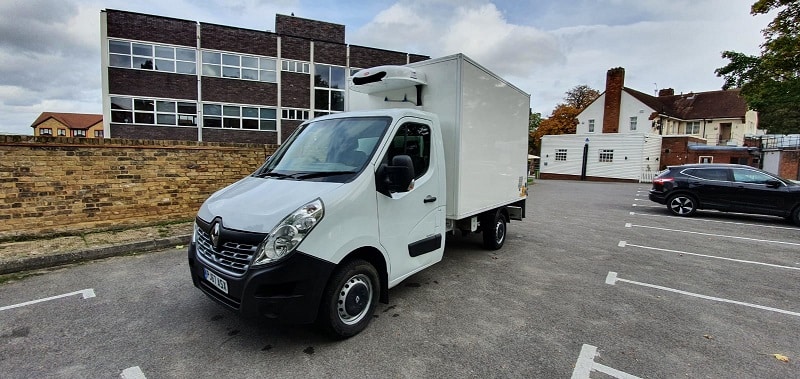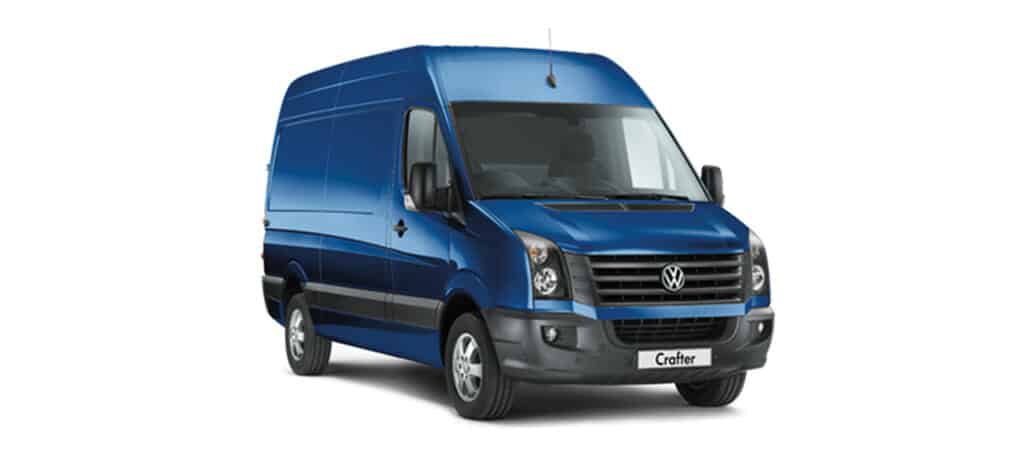
Refrigerated vans: how do they work?
Transporting refrigerated goods can certainly seem mysterious, but the mode of operation is actually so simple that anyone can understand it if it is explained simply enough.The mechanism of a refrigerated van consists of two main elements – the insulation, and the actual refrigeration machinery. They are both equally vital in keeping the temperature inside the refrigerated van low.
Insulation to Consider
The insulation is easy enough to explain. It’s simply extremely high-density polymer foam. If you’re thinking of polystyrene then you’re along the right lines, and it’s true to say that polystyrene is often used as insulation in cheap picnic coolers, flasks, and other low intensity cooling apparatus. However the polymer foam used to insulate a refrigerated van is a little bit different from polystyrene. For one thing it is much more durable, and much more dense. There are many more air bubbles inside, which makes it a more effective insulation solution than polystyrene.
The interior insulation makes sure that heat doesn’t enter the vehicle’s refrigerated compartment, and also ensures that the heat created in the engine isn’t transferred to the back through the bodywork. It creates a heat-tight environment, allowing the refrigeration equipment to dramatically lower temperatures inside.
Cooling Systems to Consider
The refrigeration equipment works by trapping the heat inside the insulated compartment, and then using a mechanism to transfer it outside. There are three main elements in this system: the condenser, the compressor, and the evaporator. The evaporator is the part that you’ve no doubt seen sitting on the top of refrigerated vans.
The condenser is found inside. This is the part that traps the heat inside the vehicle. It consists of a network of thin metal pipes, twisted into a shape that’s much like a maze. This piping is filled with coolant fluid, a specially made liquid that sucks up all of the heat it is exposed to. It has an extremely low boiling point, and turns into a gas as soon as it is exposed to any decent level of heat.Once the coolant fluid in the condenser has been converted to a gas, the heat is trapped. It then moves to the compressor, which is a machine that compresses it right down to an extremely high pressure gas. This procedure is vital for the next stage of the process.
The high pressure gas is introduced to the evaporator, and the evaporator takes air from outside the refrigerated van and pushes it through the gas. This has two effects: firstly, it cools down the gas, converting it back to liquid form so that it can enter the condenser again and remove more heat. Secondly it expels the trapped heat into the atmosphere outside the van.When this process is repeated, extremely high temperatures can be achieved. If the insulation in the van is sufficient, and if it is required, then temperatures can be brought down to freezing point, or even lower.
As always, Glacier Vehicles is more than happy to help and answer any questions about refrigerated vans you may have. Give us a call today!



